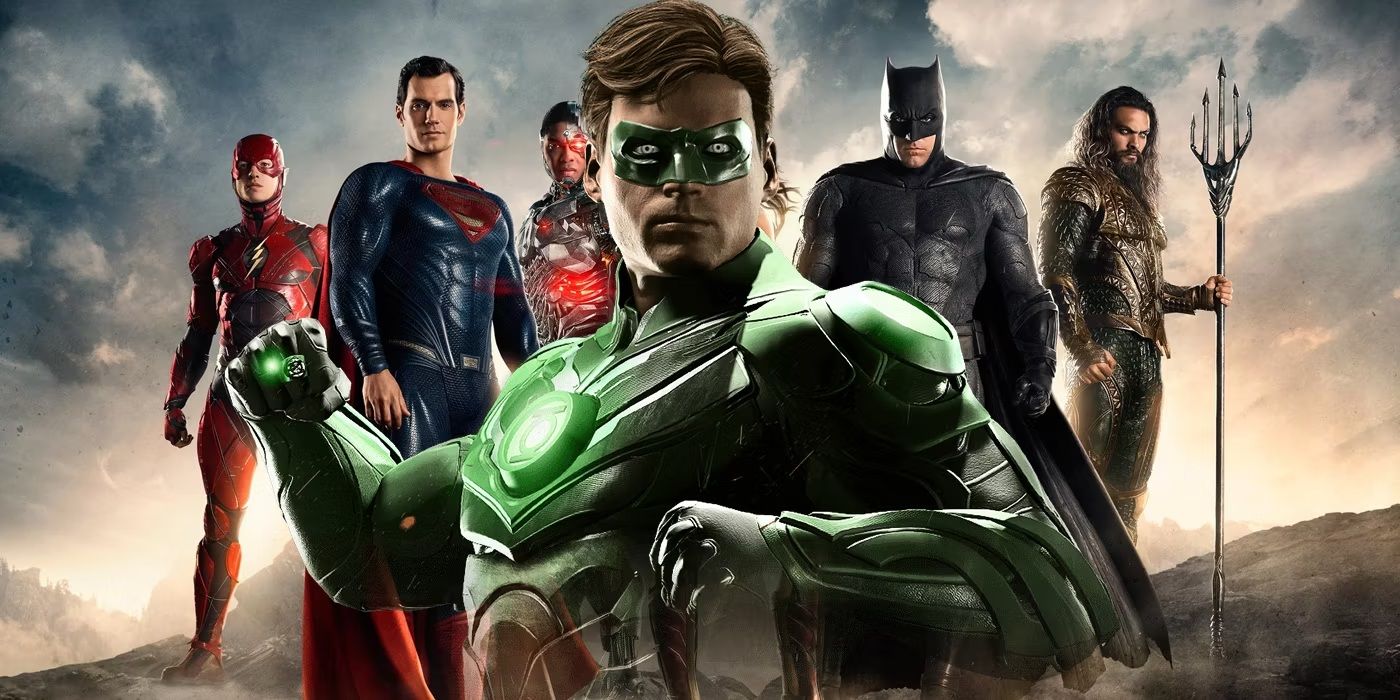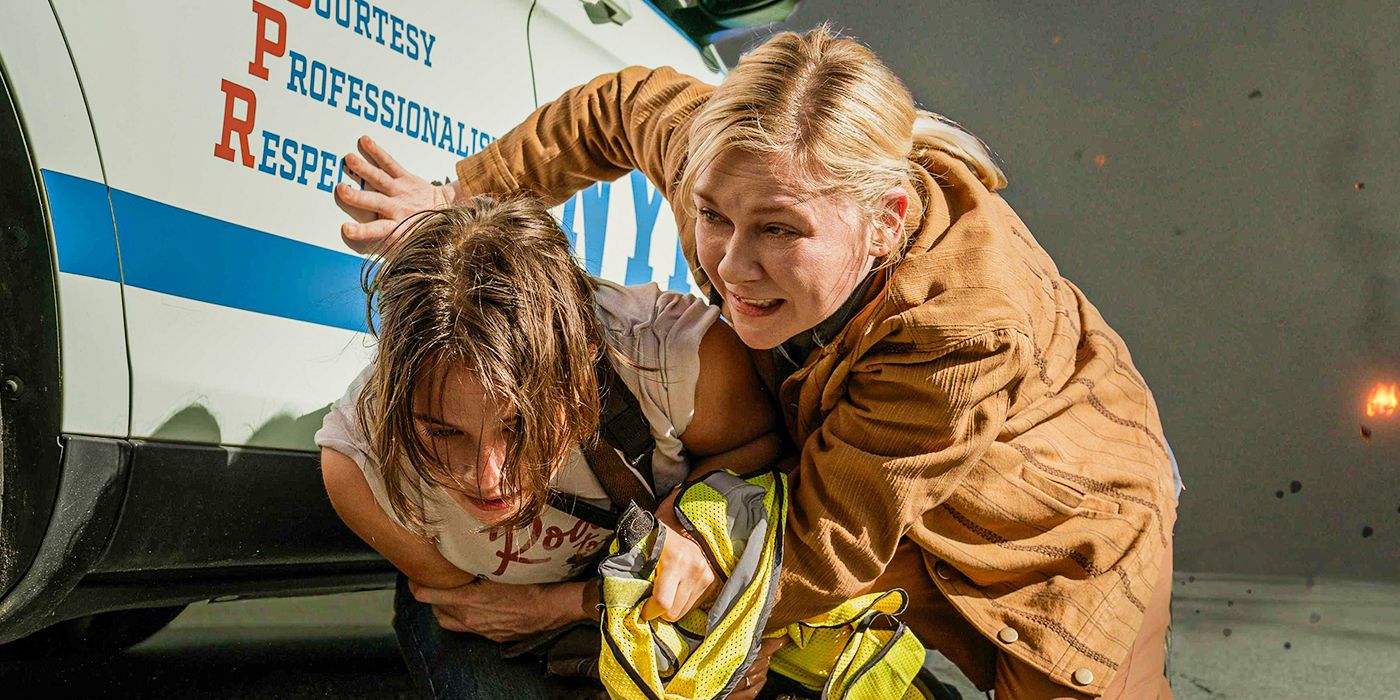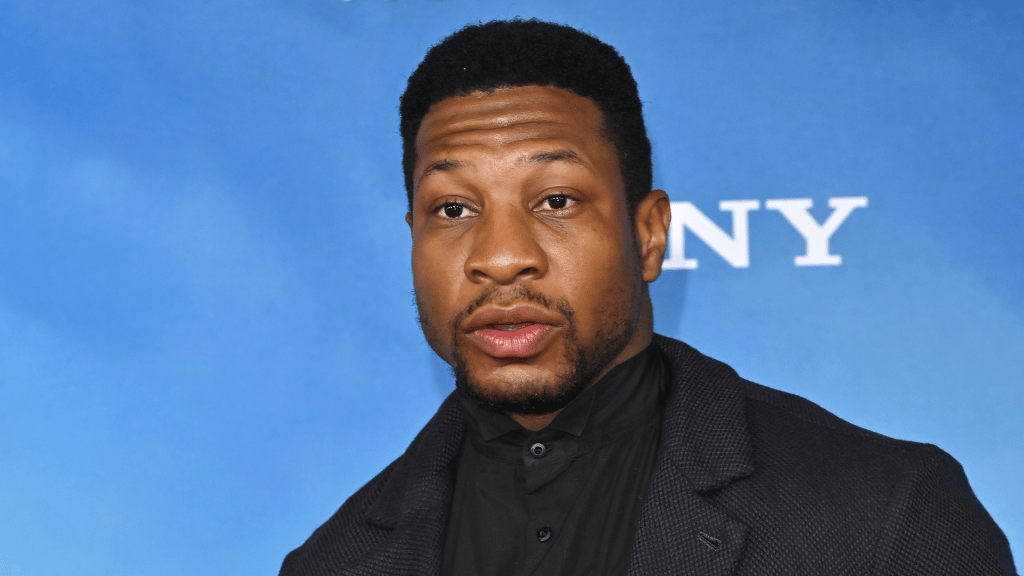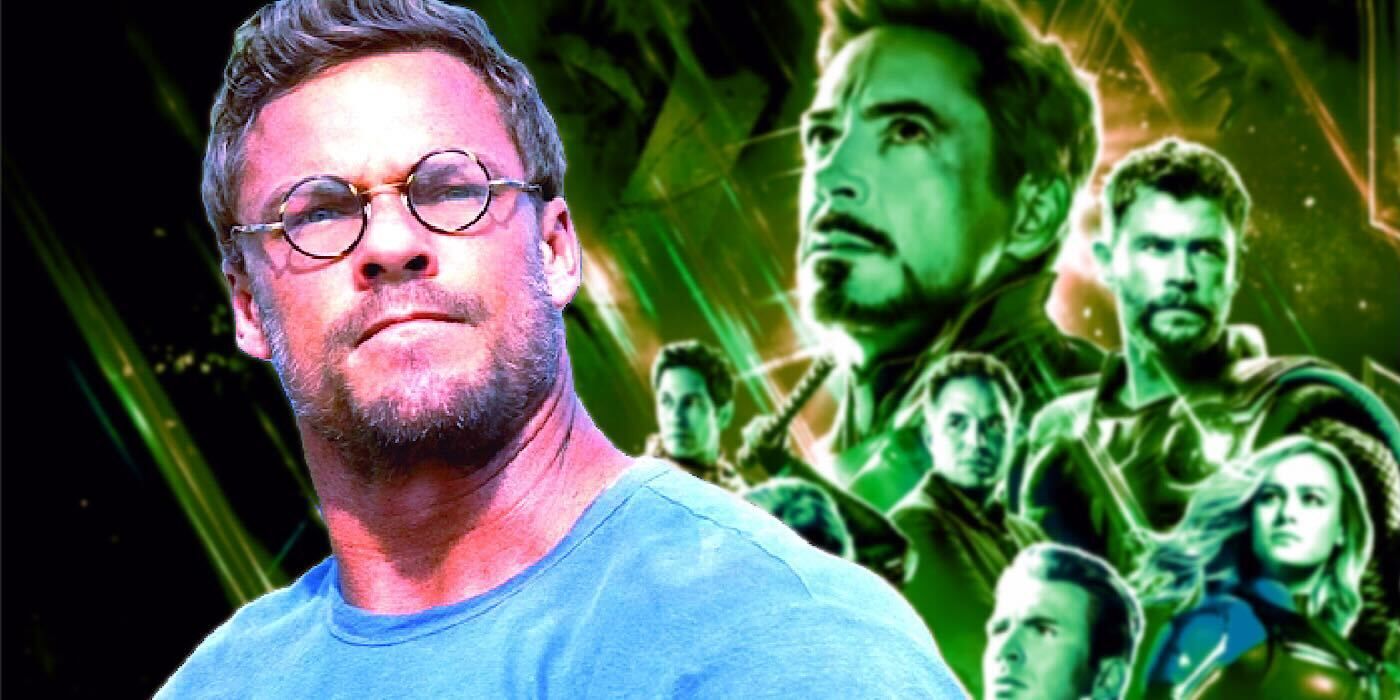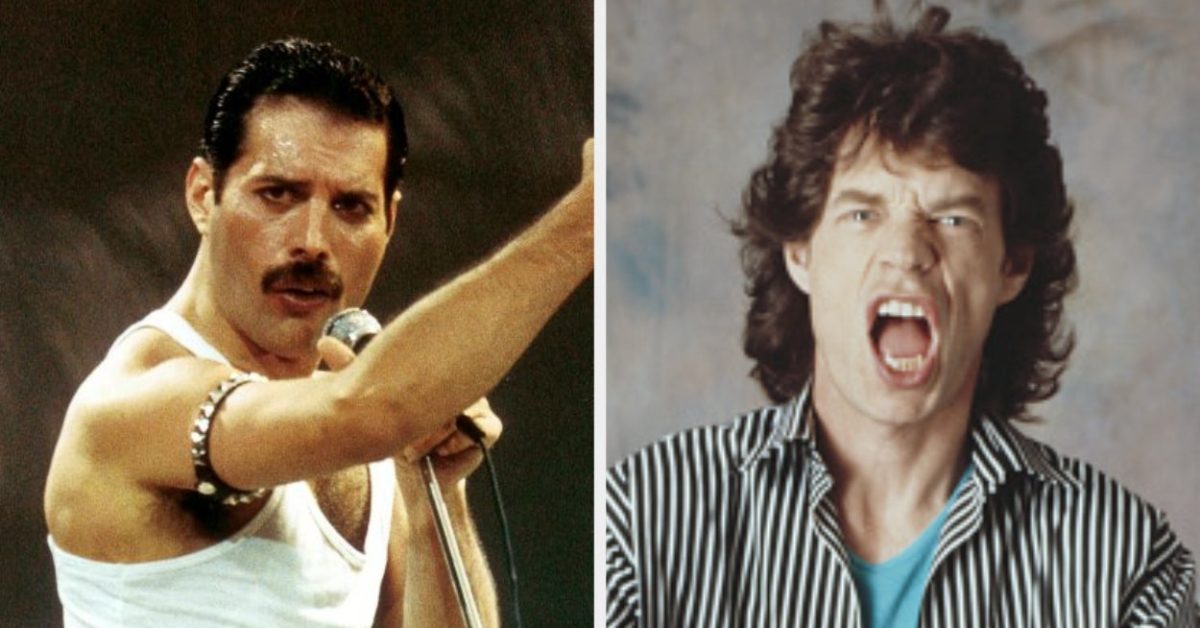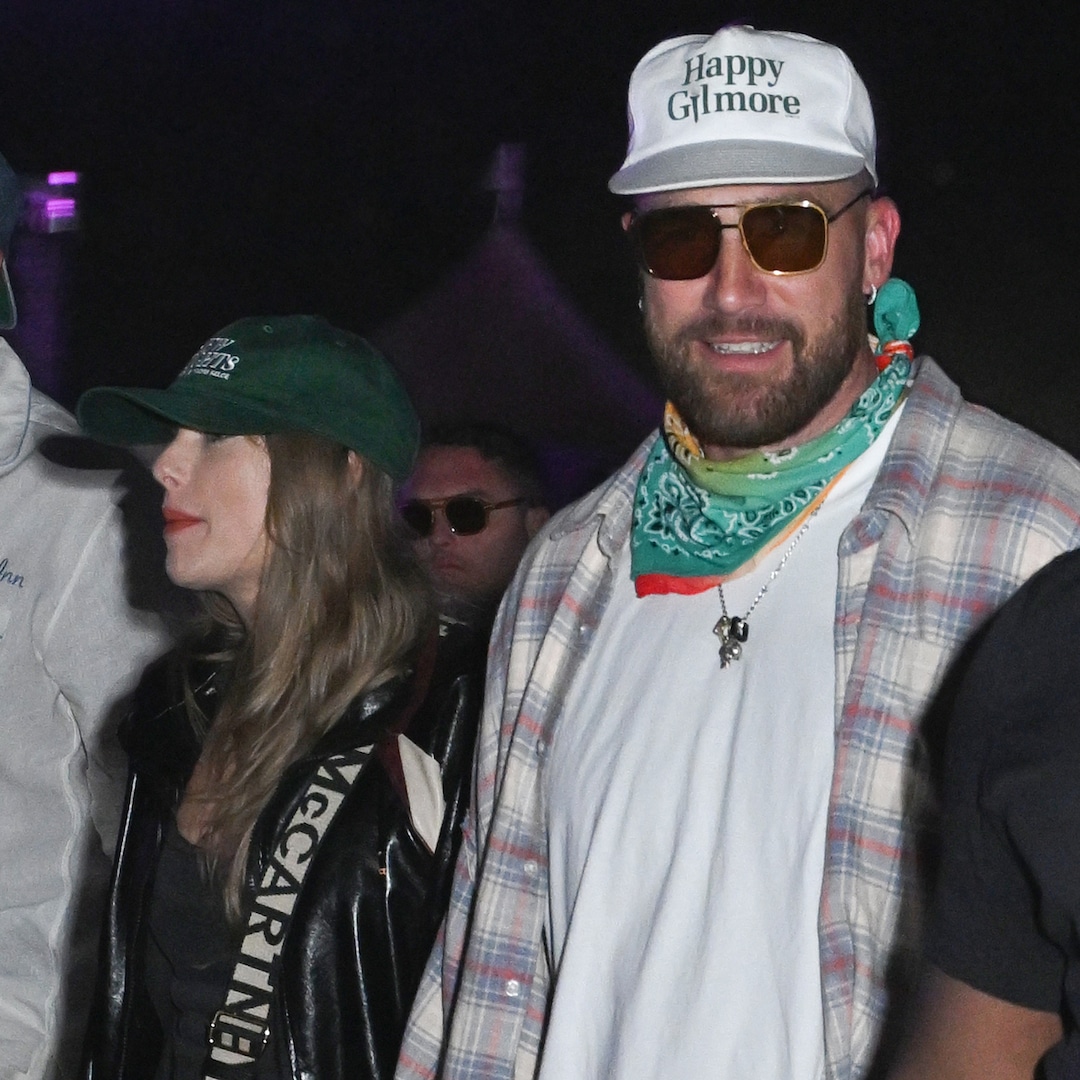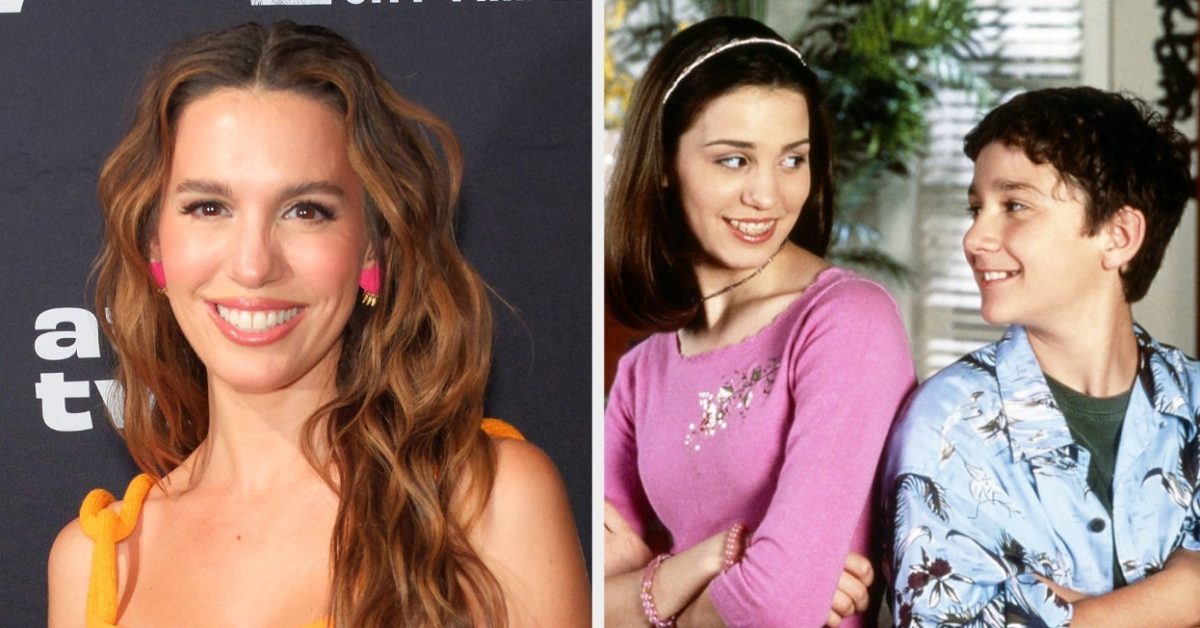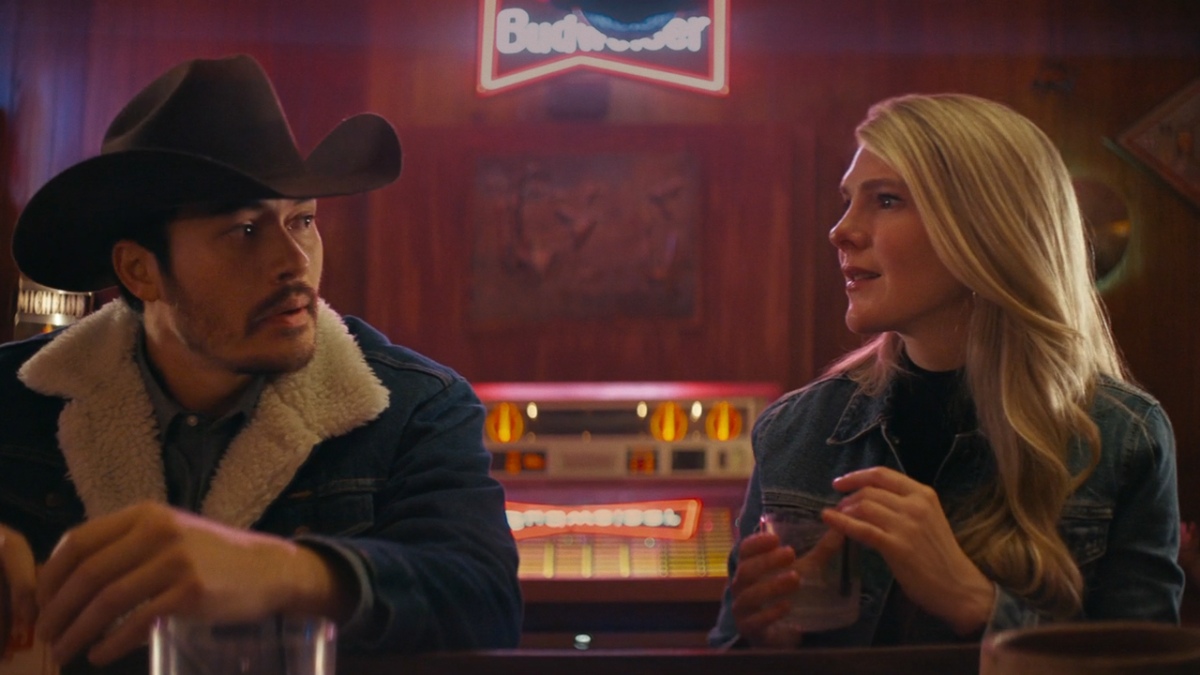
‘Downtown Owl’ Can’t Quite Translate Chuck Klosterman From Page To Screen [Tribeca]
Jun 9, 2023
As often proves the case with talky indies, a single visual flourish in “Downtown Owl” emerges to ensure the film does not become a mere plot and dialogue delivery mechanism. Here, that’s the long lens shot, which flattens out images at the edges to incorporate more information in the visual field. The device serves as a clever translation acknowledging just how jam-packed the hyperliterate prose of the source material’s author, Chuck Klosterman, can be.
READ MORE: Tribeca 2023 Festival: 20 Films To Watch
But the shooting style not only distorts the ends of the frame – it also makes the center, and whatever occupies it, bulge forward. For most of the film, that’s co-director and star Lily Rabe as Julia, a substitute English teacher who’s parachuted into Owl, North Dakota for the new school year. Her increased prominence and proximity onscreen only highlight the gnawing hollowness of “Downtown Owl.”
Fans of the superb “Miss Stevens” will know that Rabe can carry a movie where she has a foot in both the adult and adolescent worlds. But in “Downtown Owl,” she’s reduced to just an empty connector piece between the various storylines in this tiny town. Placing Julia farther from the characters and closer to the audience only lays even barer the nature of her presence. She’s there to react with an outsider’s incredulity, and that’s a thin reed on which to hang an entire feature.
It’s genuinely a bit shocking that “Downtown Owl” comes from a novel by Klosterman, not just a compendium of short stories. The only tie between the film’s various tiny dramas, which range from a grieving parent to a lusty teacher all the way to teens being teens, feels like the geographic location. Co-director and screenwriter Hamish Linklater preserves all the texture and detail Klosterman excels at on the page. And the eccentric cast of characters hit a sweet spot somewhere in the middle between perceptive people watching and postmodern stylization.
But the drama in “Downtown Owl” often feels stilted and too locked in to Klosterman’s observations instead of the character’s actions. It’s as if the direction around conflict was as simple as “it’s the year before 1984 so everyone is reading the Orwell book.” This results in an odd disconnect where all the characters seem self-aware but the filmmaking does not, making the whole enterprise feel a bit like a Don DeLillo dupe.
In the third act, the film present a swerve for the central character of Julia. Her passivity in other people’s conflicts finally becomes a conflict for her. Yet by this point in “Downtown Owl,” this narrative turn proves too little, too late. The film has just become a careening cavalcade of celebrities in supporting roles – Ed Harris, Vanessa Hudgens, and Finn Wittrock among them – all trying to make some impression. They each get moments, but none has a satisfying full narrative arc, even adjusting their presence for this project’s scale.
The gulf between who can and cannot handle Klosterman-speak (a dialect that is technically English but feels like an entirely different language with its verbose intellectualism) proves immense. The best-suited comes in Jack Dylan Grazer‘s class jock. Heck, he’s practically fluent given that he’s been playing precious characters like this since his debut in 2017’s “It.” The least is, regrettably, Henry Golding as an Elvis Costello-obsessed cowboy of precious few words. The lightning bolt of charisma that streaked across the screen in “Crazy Rich Asians” is once again stranded onscreen in a miscast role. “Downtown Owl” runs into the same conundrum as the would-be “G.I. Joe” reboot “Snake Eyes” – it forces Golding to smolder when he should just be sincere.
There’s a reason why so few filmmakers dare to adapt postmodern literary giants like DeLillo and Thomas Pynchon: it’s difficult to translate the written word’s ability to prosaically capture what it is to be within and outside of a story. By the end of “Downtown Owl,” the best solution Linklater and Rabe have is for characters to break the fourth wall with uncannily omniscient narration. Sure, it gets the point of Klosterman’s text across just fine. But by resorting to a standard narrative trick in order to achieve that result, it sells out the soul of Klosterman’s guiding literary philosophy. [C]
Publisher: Source link
I Just Read That 50% Of People Under 40 Don't Know Who These Bands Are. Please Tell Me You Do.
Make me proud.View Entire Post › Disclaimer: This story is auto-aggregated by a computer program and has not been created or edited by filmibee.Publisher: Source link
Apr 22, 2024
Taylor Swift’s PDA Video With Travis Kelce Shows Their True Alchemy
"Loml": In this moving track, Taylor first sings about being called the love of someone's life "about a million times." However, the dynamic soon changed. "If you know it in one glimpse, it's legendary," she notes. "What we thought was…
Apr 22, 2024
Christy Carlson Romano On Why She Won’t Watch Quiet On Set
Christy Carlson Romano On Why She Won't Watch Quiet On Set Christy spoke on an episode of the podcast Mayim Bialik's Breakdown with host Mayim and special guest Jenna von Oÿ about her perspective on the documentary and how she…
Apr 21, 2024
Glow & Save $30 Off On The St. Tropez x Ashley Graham Self-Tanning Kit
This article is sponsored by QVC. These items were selected from QVC because we love them and we thought you might like them at these prices. If you buy something from our links, E! makes a commission on your purchase.…
Apr 21, 2024
